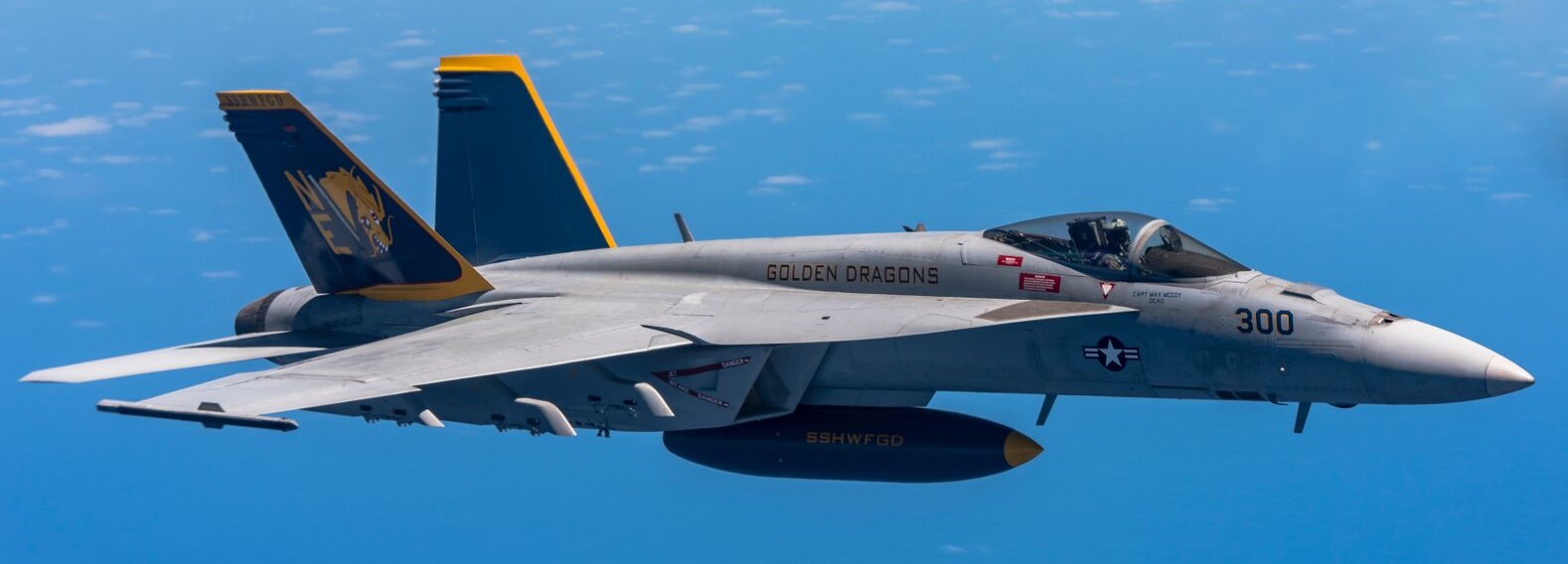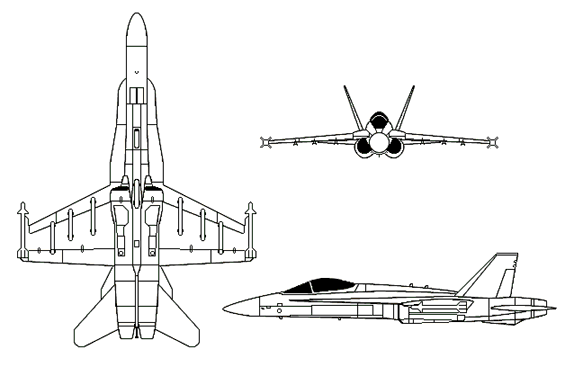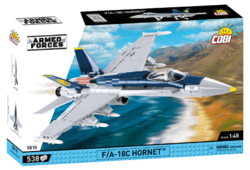Americký víceúčelový stíhací letoun F/A-18C HORNET COBI 5810 - Armed Forces
| výrobce: | COBI |
| katalogové číslo: | COBI-5810 |
| EAN: | 5902251058104 |
| dostupnost: |
Skladem-ihned k odeslání |
| cena bez DPH: | 775 Kč |
| 938 Kč |

Víte, že:
- Letoun vyvinutý společností McDonnell Douglas v 70. letech měl nahradit dosluhující F-4 Phantomy u námořní pěchoty USA.
- Zadání na nové letadlo pro námořní pěchotu znělo jasně: výkon + přežití a cena.
- Společnost McDonnell s historií od roku 1920 tak stvořila mimořádně spolehlivého stíhače s dokonalým tvarováním náběžných hran křídel.
- První vzlet se konal 18. listopadu 1978.
- Ve srovnání s předchůdci jako byl právě F-4 Phantom II, A-7 Corsair II a další letadla té doby měl Hornet moderní tvary užívané v různých obdobách dodnes.
- Stíhač F 18 je vyroben ze 21% z titanových slitin, 31% z hliníkových slitin a z 19% uhlíkových kompozitů.
- Konstruktéři využívali v maximální míře velkých dílů a tím snížili počet součástí ze 14 100 na 8100 ks.
- Verze C je osazená novější avionikou pro noční mise.
- Snížením radarové odrazové plochy ze 400 m2 u F-14 na 1,02 m2 je letoun obtížně viditelný pro radary.
- Přetížení během pilotáže ,,fly-by-wire" je omezeno na +7/-1,7G, ale drak letadla vydrží až neuvěřitelných +12/-4,9 G.
- Na vývoji a výrobě Super Hornetů se malou měrou podílí i česká firma Aero Vodochody.
- V různých verzích bylo zatím vyrobeno něco přes 1 400 ks.
- Pokud si chcete jeden stroj pořídit, tak si musíte připravit asi 1 800 000 000 Kč.
Technické parametry:
- rozpětí 12,3 m, délka 17,1 m, výška 4,7 m
- hmotnost 11 200 kg (prázdná)
- maximální vzletová hmotnost 23 400 kg
- pohonná jednotka 2 x proudový motor General Electric F404-GE-402 s přídavným spalováním o tahu 2x 79,2 kN
- maximální rychlost 1,8M (1 915 km/h)
- dostup 15 000 m
- stoupavost 254 m/s
- dolet 2 246km (3 035 km s přídavnou nádrží)
- výzbroj 6 hlavňový rotační kanón M61A1 Galting ráže 20mm a 6 závěsů pro raketové střely vzduch-vzduch, vzduch-země a inteligentní pumy.
- posádka 1
Návod na sestavení
https://www.cobishop.cz/




